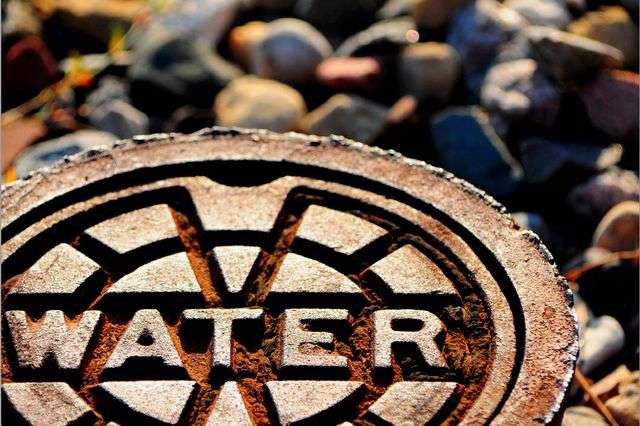Report shows 75 percent of Los Angeles County water systems vulnerable to drought, other challenges

Despite the importance of potable water to the quality of life, economy and ecosystems in Los Angeles County, surprisingly little is known about the 228 government and private entities that deliver water, and how vulnerable or resilient they are to withstanding pressures from droughts and climate change. A new study by the UCLA Luskin Center for Innovation fills this gap and finds that 75 percent of community drinking water systems in Los Angeles County exhibit at least one indicator of supply vulnerability due either to dependency on a single type of water source, local groundwater contamination, small size or a projected increase in extreme heat days over the coming decades.
The Luskin Center for Innovation's "Los Angeles County Community Water System Atlas and Policy Guide Volume I" presents a survey of the drinking water systems that serve Los Angeles County based on in-depth system-level profiles of water sources, service population characteristics and built environments.
Ranging from major municipal water providers like the L.A. Department of Water and Power, to small utilities serving mobile home parks and remote communities, this is the most complete, publicly-accessible set of maps ever created of Los Angeles County's community drinking water systems, according to Henry McCann, project manager for water initiatives at the Luskin Center for Innovation and lead author of the report.
The Water Atlas highlights both the county's vulnerable water systems and the more resilient water systems, based on an investigation of all community water systems that provide drinking water to L.A. County consumers. Findings of vulnerability include:
- More than a third of the water systems serving Los Angeles County (79 out of 228 water systems) are 100 percent dependent on groundwater. This is an indicator of vulnerability because water systems that rely solely on groundwater may exhaust critical supplies during droughts, are challenged by the presence of local contamination, and have fewer supply alternatives compared to systems with a diversified water supply portfolio. Most of these systems serve small communities in northern Los Angeles County, where groundwater withdrawals are not regulated.
- Of every county in the state, Los Angeles County has the greatest number of community water systems that rely on contaminated groundwater sources; nearly 40 percent of community water providers in the county got their water from a groundwater source that exceeded drinking water maximum contaminant levels at least once during the period of 2002–2010.
- Los Angeles County is home to nearly 100 very small and small community water systems (serving 3,300 or fewer residents year-round) located in both urban and rural areas. These smaller systems often lack the technical, managerial and financial capacity to withstand the impact of severe drought conditions and overcome water quality and treatment challenges.
- Communities in Azusa, Covina, and El Monte may see more than 30 additional days with surface temperatures higher than 95 degrees Fahrenheit by 2050, thereby increasing water demand for residential landscapes, public green spaces and agricultural uses, if these uses are retained.
The state is experiencing its fourth consecutive year of severe drought conditions and new sources of funding are now available for drinking water systems through Proposition 1 and emergency drought relief assistance.
McCann said that managers of these state funding programs supporting access to safe drinking water and drought resiliency may use this Water Atlas to identify at-risk drinking water systems and disadvantaged populations that have the most to gain from state financial and technical assistance. He added that policymakers and researchers could also use this report to evaluate impacts of state and federal water policies on specific community drinking water systems.
This report is the first in a series of three volumes dedicated to expanding knowledge of drinking water systems in Los Angeles County, with respect to policies, practices, risks and opportunities. The approach used in this report is easily scalable, said McCann, and could be applied to every county in the state to inform water policymakers and researchers in California.
The Water Atlas aligns with UCLA's groundbreaking Sustainable L.A. Grand Challenge project, a university-wide research initiative to transition the Los Angeles region to 100 percent renewable energy, 100 percent local water and enhanced ecosystem health by 2050. The project unites 150 faculty from 70 different departments.
More information: "Los Angeles County Community Water System Atlas and Policy Guide Volume I": 164.67.121.27/files/Downloads/ … ater/Water_Atlas.pdf
Provided by University of California, Los Angeles



















